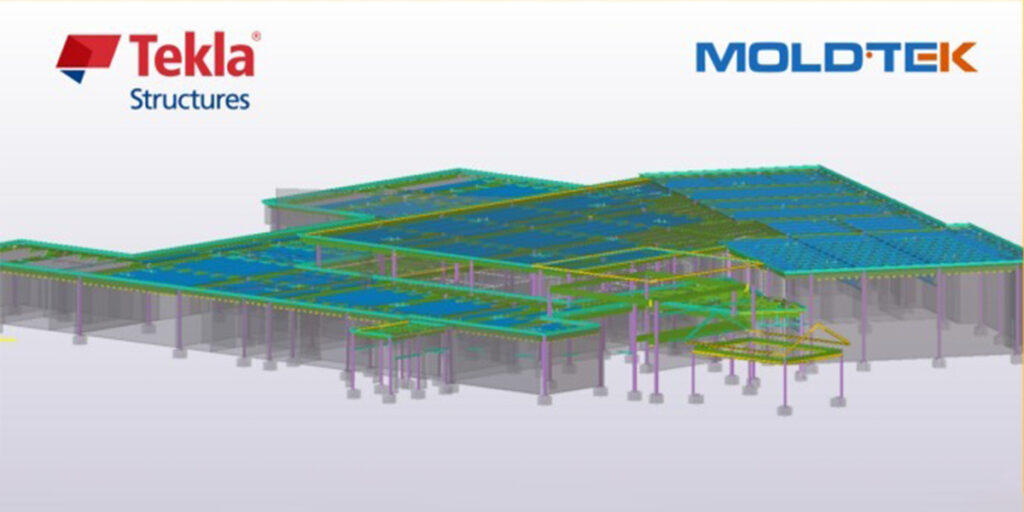In the dynamic realm of civil engineering, precision is paramount, especially when it comes to fabrication. A single detailing error can cascade into a series of issues, causing delays, cost overruns, and compromises in structural integrity. In this comprehensive blog, we will explore the intricacies of detailing in civil engineering, specifically focusing on three categories of mistakes: missing information, wrong information, and shop notes. Join us as we unravel the challenges and unveil strategies to steer clear of fabrication pitfalls.
1. Missing Information:
Missing information is a breeding ground for fabrication issues. The absence of crucial details can send shockwaves through the fabrication shop, derailing the entire process. One common mistake is the incorrect column face view, which can lead to misinterpretation and errors in the fabrication of structural elements.
Similarly, the oversight of plate encroaching into the ‘K’ region can compromise the structural integrity of the final product. Fabrication success hinges on weld accessibility. Neglecting to provide clear instructions on weld locations and accessibility can lead to compromised structural integrity.
Detailers must explicitly convey weld requirements to prevent issues during fabrication. A missing locating dimension might seem trivial, but it can cause significant problems during fabrication. Precise placement is crucial, and a small oversight can lead to components that don’t align correctly, affecting the overall structure’s stability.
2. Wrong Information:
Wrong information poses another set of challenges in the fabrication process. The domino effect caused by errors like ABM length mismatch with shop drawing, missing ABM mark in BOM, and the piece mark mismatch with the bill of materials (BOM) can lead to confusion and errors during fabrication. Detailers must ensure consistency in piece marking throughout the documentation.
Missing galvanization details may result in post-fabrication corrosion, compromising the structure’s longevity. Selecting the wrong weld type is a recipe for disaster. The strength and integrity of welded joints depend on accurate specifications.
Detailers should double-check and verify weld types to prevent costly mistakes in the fabrication process.
Camber, or the slight curvature intentionally introduced to counteract deflection, is often overlooked. Detailers must include clear camber notes to guide the fabrication team in achieving the specified curvature accurately.
By dissecting these wrong information scenarios, we aim to equip civil engineers with the knowledge to navigate through potential fabrication pitfalls.
3. Shop Notes:
Shop notes serve as a crucial bridge between design and fabrication, guiding the fabrication process. Providing a step-by-step sequence of fabrication notes is crucial for maintaining efficiency in the shop. A missing sequence can result in confusion, delays, and an overall breakdown in the fabrication process.
Protecting structural elements from corrosion requires accurate paint information. Any oversight in detailing paint specifications can lead to premature deterioration and compromise the structure’s longevity.
In the era of computer numerical control (CNC) machining, a missing CNC file is a significant setback. Detailers must ensure that all necessary files are provided to enable precise fabrication through automated processes.
Conclusion:
Fabrication is the heartbeat of any civil engineering project, and its rhythm is dictated by the precision of detailing. The mistakes mentioned above may seem trivial individually, but collectively they can orchestrate a symphony of chaos in the fabrication shop. As the custodians of design and detailing, civil engineers must be vigilant in avoiding these pitfalls. By embracing meticulous detailing practices and manufacturing design principles engineers can ensure not only the structural integrity but also the smooth orchestration of the fabrication process, ultimately contributing to the success of the entire project.






